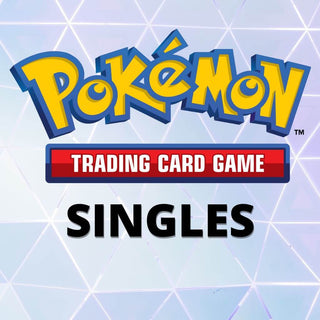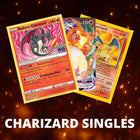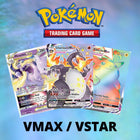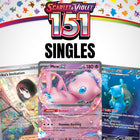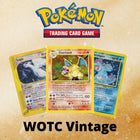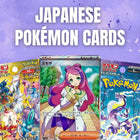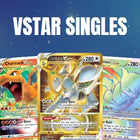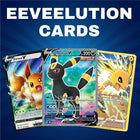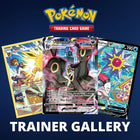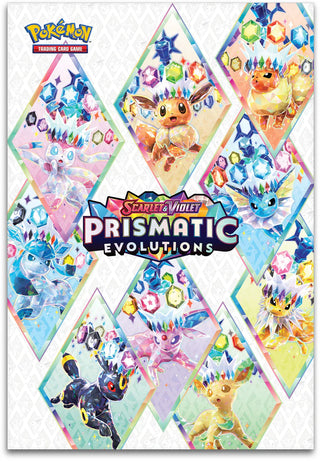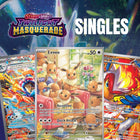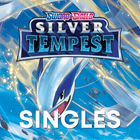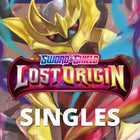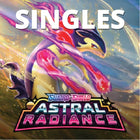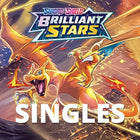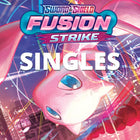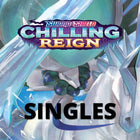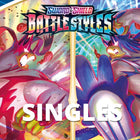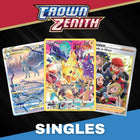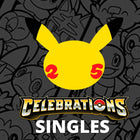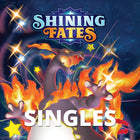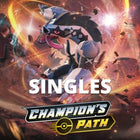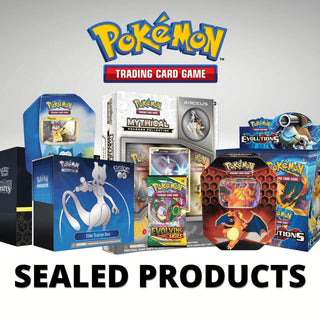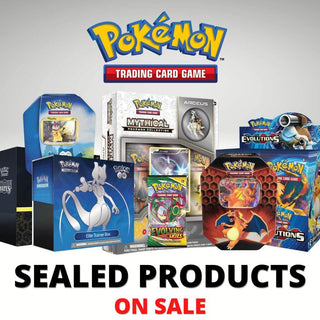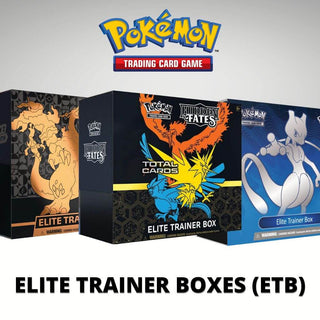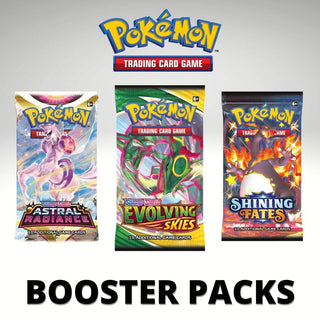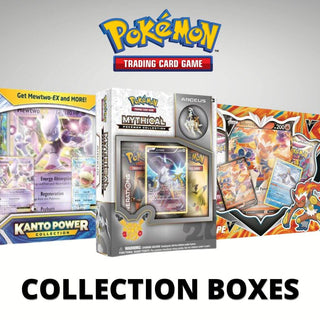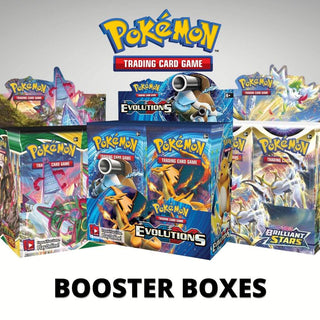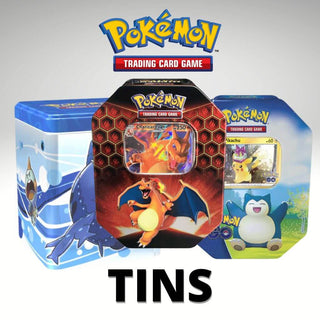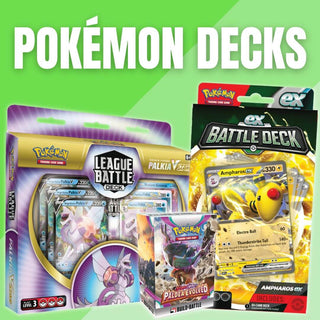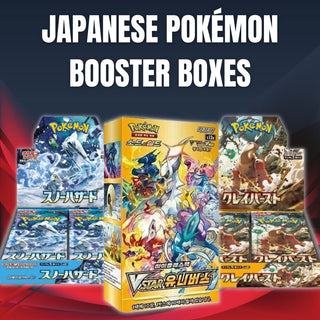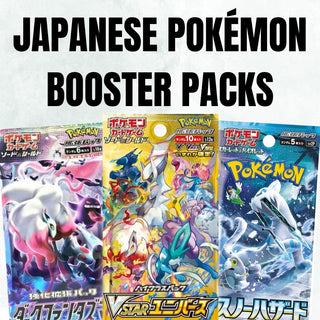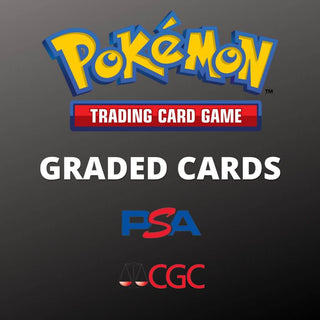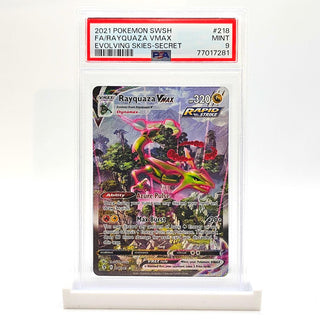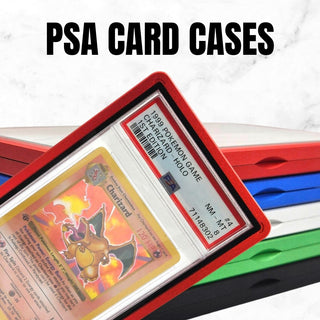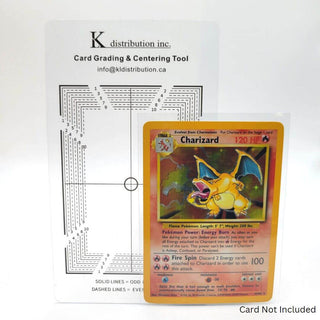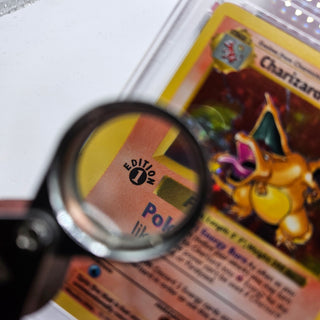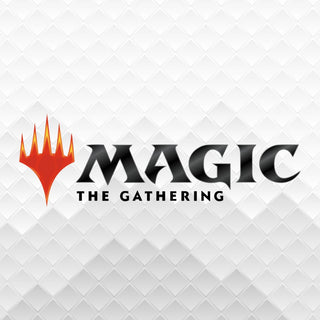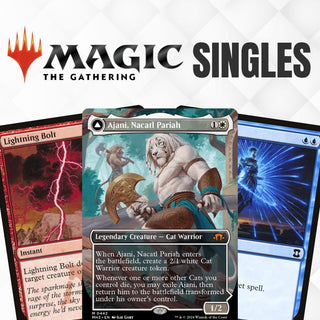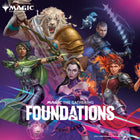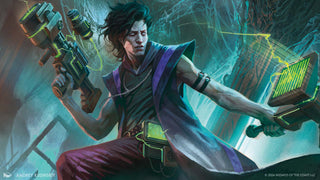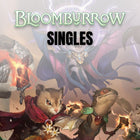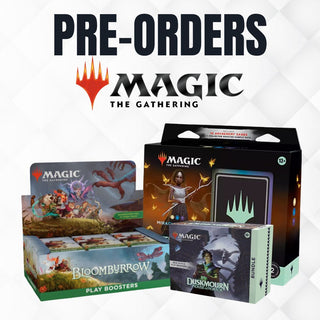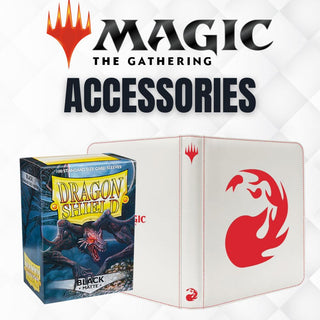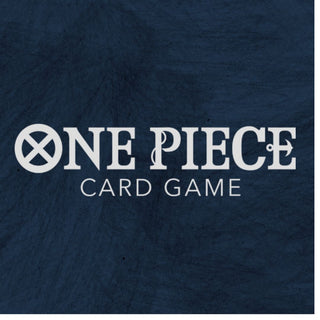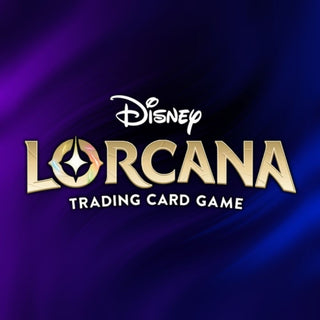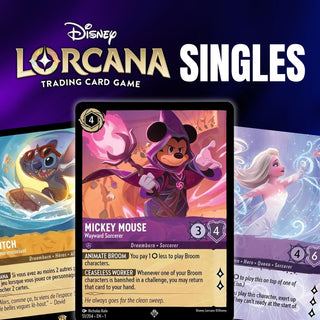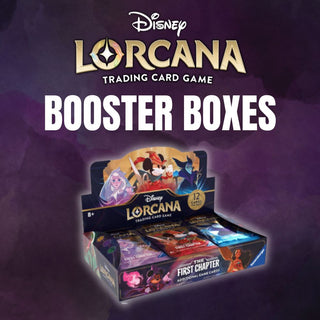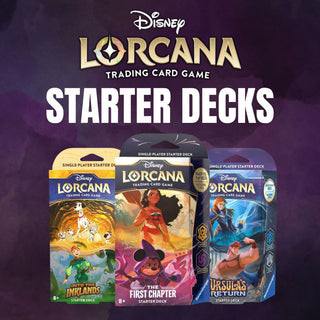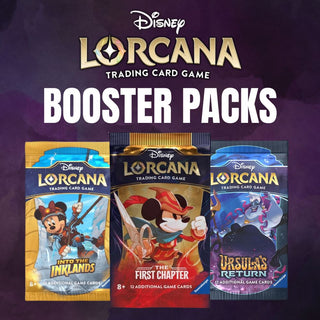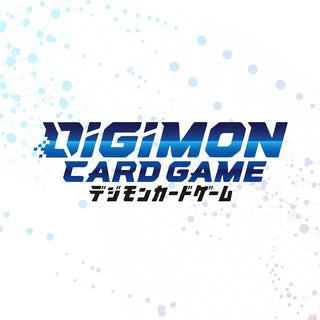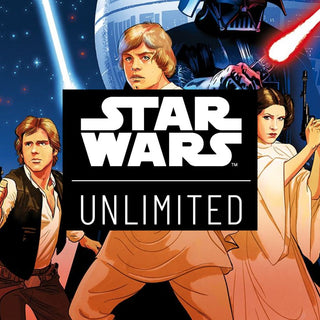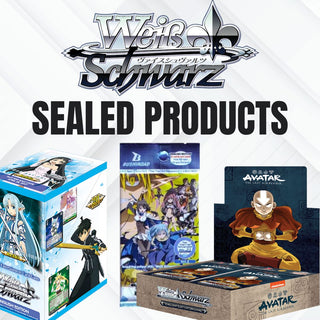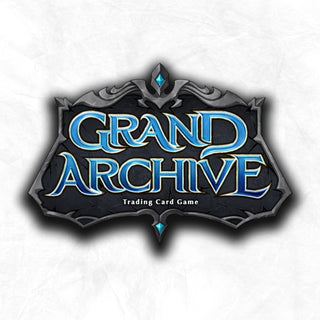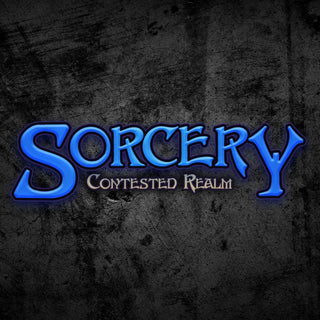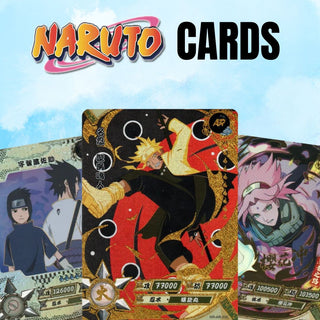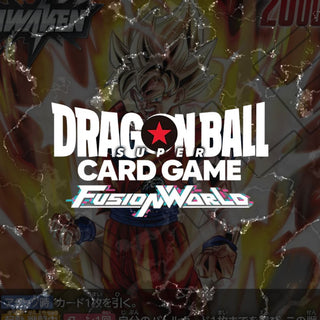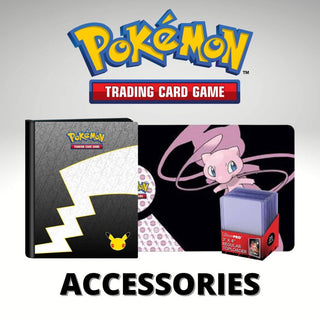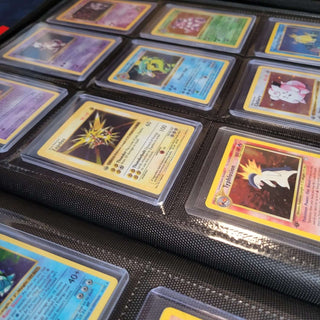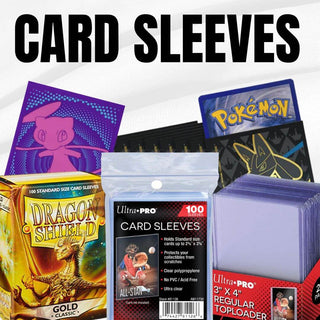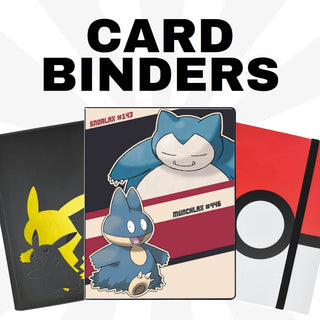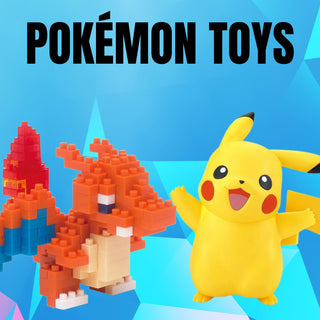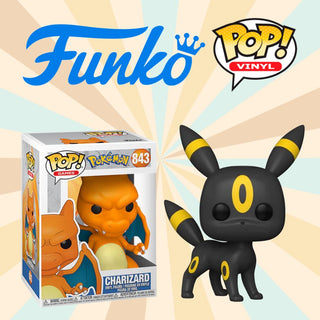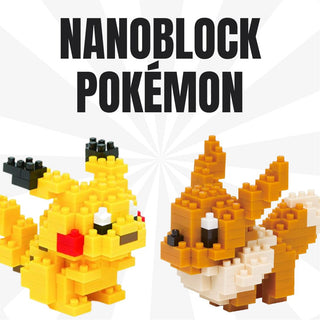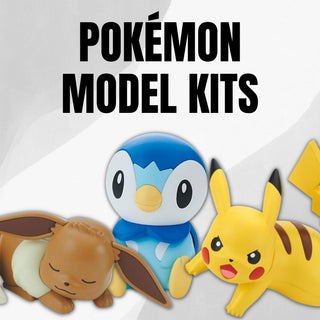
Ultimate Beginner's Guide to Pokémon Cards
Ultimate Beginner's Guide to Pokémon Cards
Pokémon cards have been around for over two decades now and they continue to capture the imagination of kids and adults alike. With the recent surge in popularity of the Pokémon Trading Card Game (TCG), it's no surprise that many people are looking to get started with collecting and playing Pokémon cards. If you're one of those people, then this beginner's guide is for you! In this article, we'll take a closer look at everything you need to know about Pokémon cards, including what they are, how to collect them, and how to play the game.
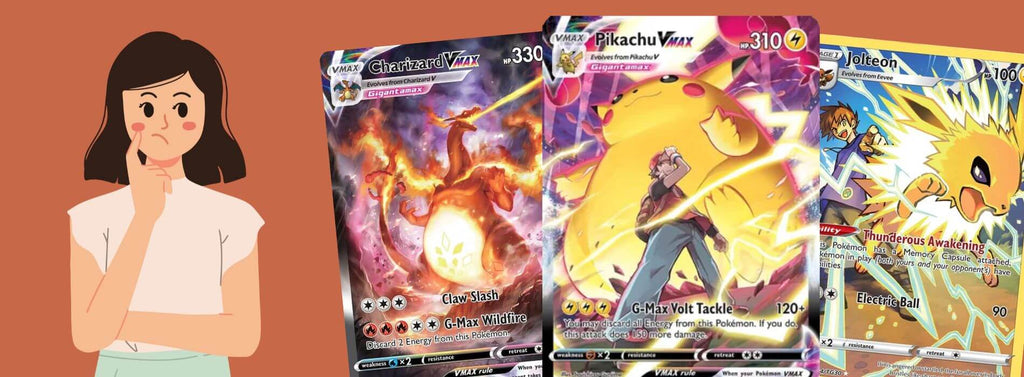
What Are Pokémon Cards?
Pokémon cards are collectible trading cards that feature various characters and creatures from the Pokémon franchise. They were first introduced in Japan in 1996 as part of the Pokémon Trading Card Game, which quickly became a hit among kids and adults alike. The game is played with a deck of 60 cards, each featuring a different Pokémon character. Players take turns playing cards from their hand to attack their opponent's Pokémon, with the ultimate goal of knocking out all of their opponent's Pokémon to win the game.
Types of Pokémon Cards
There are several different types of Pokémon cards, each with its own unique characteristics and properties. The most common types of Pokémon cards include:

-
Basic Pokémon Cards: These are the most common type of Pokémon card and represent the basic form of a Pokémon. They usually have lower HP (Hit Points) and weaker attacks compared to other types of Pokémon cards.
-
Stage 1 Pokémon Cards: These cards represent the first evolved form of a Pokémon. They typically have higher HP and stronger attacks than basic Pokémon cards.
-
Stage 2 Pokémon Cards: These cards represent the final evolved form of a Pokémon. They usually have the highest HP and strongest attacks among all Pokémon cards.
-
EX/GX/VMAX/VSTAR Pokémon Cards: These are special types of Pokémon cards that have more powerful attacks and abilities compared to other types of Pokémon cards. They also tend to have a higher HP compared to basic and evolved Pokémon cards.
-
Trainer/Supporter Cards: These cards are used to support your Pokémon during battle. They can be used to heal your Pokémon, draw extra cards from your deck, or increase your Pokémon's attacks.
-
Energy Cards: These cards are used to power your Pokémon's attacks. Different types of Pokémon require different types of energy cards to perform their attacks.
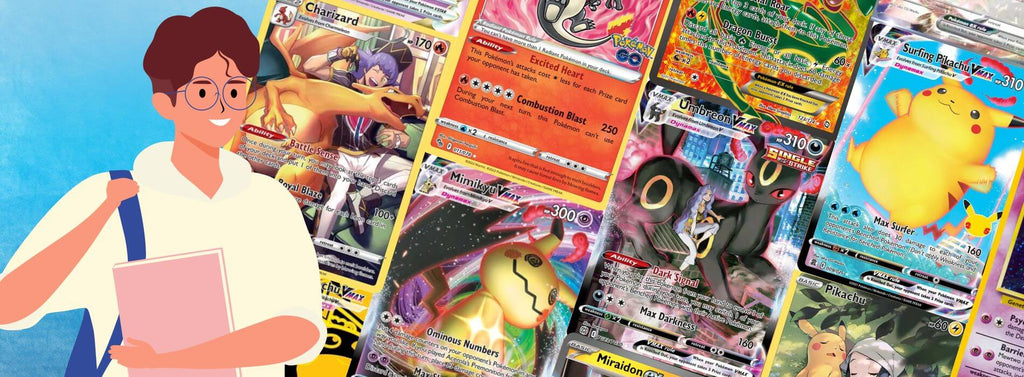
How to Collect Pokémon Cards and where to buy them
Collecting Pokémon cards can be a fun and rewarding hobby, but it can also be overwhelming for beginners. New Pokémon products release periodically with new sets and new generations, something that typically follows the release of a game and TV series simultaneously. Here are some tips to help you get started:
-
Start with a Theme Deck: Theme decks are pre-constructed decks that are designed to be played straight out of the box. They're a great way to get started with the game and can be used as a foundation for building your own custom deck later on. For example you could start with a Build & Battle Kit which includes a 40 card deck and booster packs to build your deck, and eventually get Level 3 theme deck like the popular Mew VMAX League Deck.
-
Buy Booster Packs: Booster packs contain a random assortment of Pokémon cards, including rare and valuable ones. They're a great way to expand your collection and potentially find some hidden gems.
-
Trade with Other Players: Trading with other players is a great way to get the cards you want and get rid of the ones you don't need. You can trade with other players online or in-person at events and tournaments. You could even join trading groups such as those on Facebook or Pokémon Discord Servers
-
Use Online Marketplaces or websites: Online marketplaces like eBay or online Pokémon stores are great places to find rare and valuable Pokémon cards. Just be sure to buy from reputable sellers to avoid getting scammed. This is especially good if you are looking to pickup some singles rather than spending money on packs and boxes that offer a random selection of cards.
- Visit your local game stores: Take a look around your city and locate a local game store that sells Pokémon cards. Be careful as some can increase prices by a good margin especially if they are the only store in your vicinity. You should always look online to compare prices when shopping in person at your LGS. A great way to do this is to check the prices on TCG Player or PriceCharting.
-
Keep Your Collection Organized: Keeping your collection organized can help you keep track of what you have and what you need. You can use binders, boxes, or sleeves to keep your cards in good condition and easily accessible. Check out our guide on how to store and protect your Pokémon cards here.
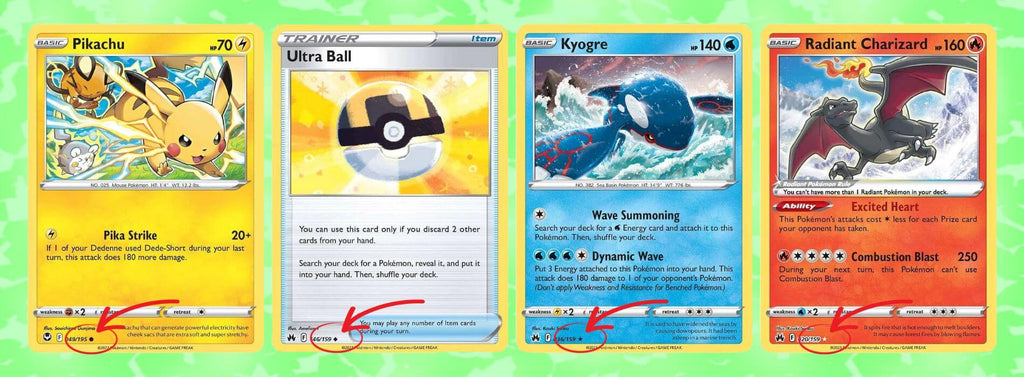
Rarity of Pokémon Cards
The rarity of a Pokémon card can significantly impact its value. In general, the rarer the card, the more valuable it is. The most common types of rarity for Pokémon cards include Common, Uncommon, Rare, and Holofoil Rare.
Common cards are the most basic and are often found in most packs. They are usually marked with a black circle on the bottom right of the card.
Uncommon cards are slightly harder to find than common cards and have a diamond shape in the bottom right corner.
Rare cards are a tier above and are marked with a solid color star - in older Pokémon sets they used to carry more value but in recent expansions not so much. Each Booster Pack is guaranteed at least 1 basic rare card.
Holofoil Rare cards are some of the rarest and most valuable cards out there. These cards have a holographic foil design, making them shimmer in the light. Holofoil Rare cards are typically marked with a star and a holographic image in the bottom right corner. These cards can carry more sub designations such as Secret Rare, Double Rare, Illustration Rare, Special Illustration Rare and Hyper Rare, and their value can vary depending on the specific card.
While rarity plays a significant role in determining the value of a card, other factors such as age, condition, and popularity of the Pokémon can also impact the card's value. For example, vintage Pokémon cards tend to carry more value.
Playing the Pokémon Trading Card Game
The Pokémon Trading Card Game (TCG) is a popular collectible card game that allows players to battle against each other using their Pokémon cards. The game is based on the Pokémon video game series and follows similar rules.
The first thing to keep in mind is that you need to have exactly 60 cards in your deck. This is the minimum number of cards required to play in most tournaments. A good resources to help you learn the card game is the Battle Academy box set which provides all the pieces and some decks to learn how to play the game.
When building your deck, you should consider the following factors:
-
Pokémon: Your deck should have a mix of basic and evolved Pokémon cards. Make sure to include Pokémon cards that complement each other's strengths and weaknesses. For example, if you have a Pokémon card that is weak to water-type attacks, you might want to include a Pokémon card that is strong against water-type attacks.
-
Energy Cards: Energy cards are essential for powering up your Pokémon's attacks. You should have a good mix of energy cards in your deck, including basic energy cards and special energy cards.
-
Trainer Cards: Trainer cards can be used to support your Pokémon in various ways. For example, some trainer cards can help you draw more cards from your deck, while others can heal your Pokémon or remove energy cards from your opponent's Pokémon.
-
Item Cards: Item cards are used to give your Pokémon additional abilities or to hinder your opponent's Pokémon. For example, some item cards can be used to search for specific Pokémon cards from your deck, while others can be used to remove special energy cards from your opponent's Pokémon.
When building your deck, it's important to keep in mind that you need to have a good balance of Pokémon, energy cards, trainer cards, and item cards. You don't want to have too many of one type of card and not enough of another.
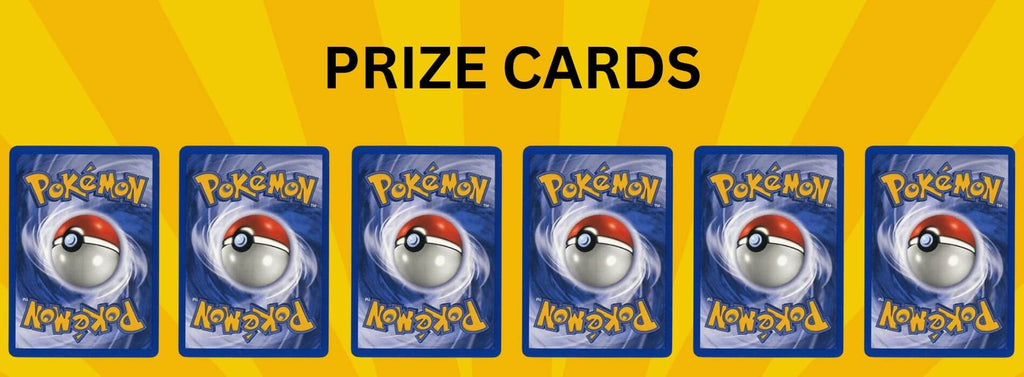
Prize Cards and how to win
Prize cards are a crucial aspect of the Pokémon Trading Card Game. Each player starts the game with six prize cards face-down, and the goal is to collect all six of the opponent's prize cards. When a player knocks out one of the opponent's Pokémon, they get to draw a prize card, and the first player to collect all six of the opponent's prize cards wins the game.
In addition to the Prize cards, a player can win by meeting one of the following conditions:
- Force the opponent to run out of cards in their deck and be unable to draw a card at the beginning of their turn.
- Knock out all of the opponent's Pokémon on the field, leaving them with no active Pokémon to battle with.
By strategically playing and evolving Pokémon, using Trainer cards to enhance gameplay, and using Energy cards to power attacks, a player can increase their chances of achieving one of these win conditions. It is important to balance offense and defense and pay attention to the opponent's moves in order to succeed in the game.
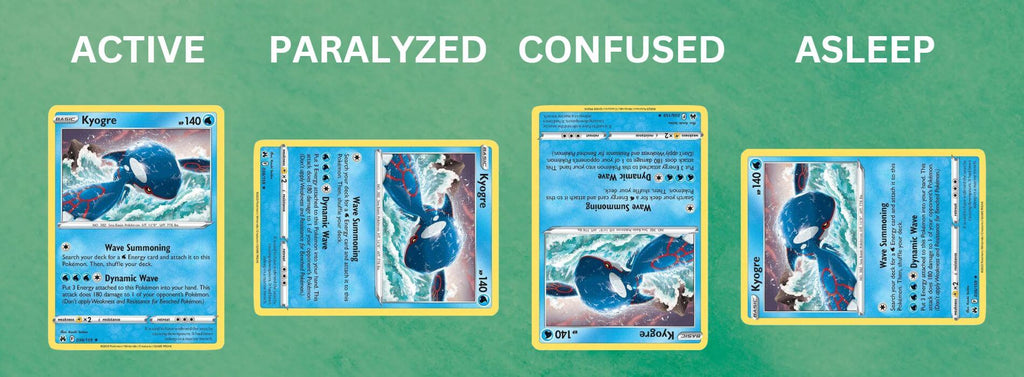
Understanding the various states in the game
-
Active: The Active Pokémon is the one currently battling. This Pokémon can use attacks, retreat, and be affected by Special Conditions.
-
Benched: Up to five Pokémon can be on the bench at any given time. These Pokémon can be switched out to become Active, retreat to the bench, and can’t be affected by Special Conditions.
-
Poisoned: A Poisoned Pokémon takes damage between turns until it’s no longer poisoned or is knocked out.
-
Paralyzed: A Paralyzed Pokémon can’t attack or retreat until it recovers. Turn the card clockwise.
-
Burned: A Burned Pokémon takes damage between turns and can’t attack until it recovers.
-
Asleep: An Asleep Pokémon can’t attack or retreat until it wakes up. To wake up, the player must flip a coin at the start of each turn. If it’s heads, the Pokémon wakes up, if it’s tails, the Pokémon remains Asleep. Turn the card counterclockwise.
-
Confused: A Confused Pokémon must flip a coin at the start of each turn. If it’s heads, the Pokémon can attack as usual. If it’s tails, the Pokémon takes damage and can’t attack. Turn the card upside down.
-
Paralyzed and Asleep: A Paralyzed and Asleep Pokémon can’t do anything until they recover from both Special Conditions.
-
Knocked Out: When a Pokémon has taken enough damage to match or exceed its HP, it is knocked out and the player who knocked it out receives one prize card.
Understanding these states is essential to playing the Pokémon Trading Card Game effectively. Knowing when to use specific cards and moves, as well as how to counter your opponent’s moves, can be the difference between victory and defeat. By mastering these states, players can develop advanced strategies and techniques to dominate their opponents.
Concluding our guide on Pokémon Cards
Pokémon cards have been a beloved hobby for over two decades, and their popularity only continues to grow. With this ultimate beginner's guide, we hope to have given you a solid foundation for starting your own collection and getting started on your own Pokémon journey.
Remember to always have fun and enjoy the process of collecting and trading Pokémon cards. Whether you're a collector, a player, or a fan, there's no denying that Pokémon cards have a special place in the hearts of many. So go out there, catch 'em all, and have a blast!
